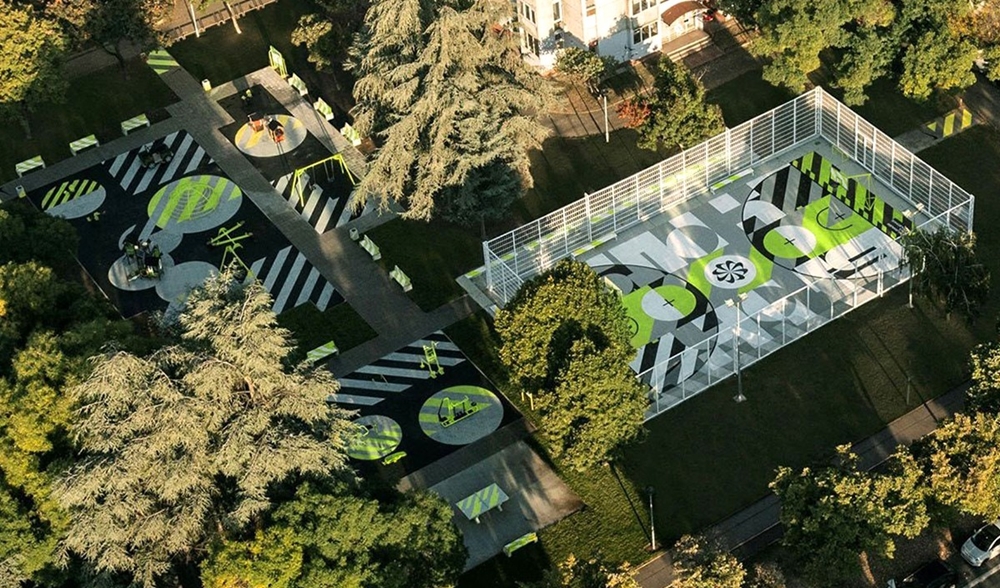In the small but growing constellation of designers who treat fashion less like an industry and more like a controlled hallucination, 二の 君 Nino Kun operates as a quiet anomaly. Kun’s masks and sculptural headpieces drag the wearer into an altered state, dissolving identity into material.
The result is a fashion language built on spectral silhouettes and unnerving textures, wearable apparitions that reject the logic of traditional couture. The artist is not producing garments but creating symptoms.
His work feels grown rather than fabricated, as if the designer merely coaxed an organism into blooming at an inconvenient angle. This is Kun’s most striking instinct: that the body is not a stable surface. It’s a variable, a living pedestal. His pieces insist on new apertures, holes for vision, air, or expression, and if the original human architecture doesn’t fit, it’s the body that becomes the intruder.



Then there are the translucent veils, those turbulent sheets of mesh frozen mid-storm. They resemble fabric in the same way a fossil resembles a living creature: recognizable, but no longer obedient. The material carries movement even when still, as though the wind isn’t external but trapped inside the weave, pacing like a restless animal.
In one sculpture, the suggestion of a face is embedded deep within the folds, not sculpted with pride but trapped like a smothered memory trying to surface. Kun seems to understand that opacity is less interesting than the threat of visibility, the tension between what is revealed and what refuses to appear.
These ghostly constructs hover just beyond the threshold of fashion, functioning instead like atmospheric anomalies: the shape of breath, the silhouette of touch, the wake of a gesture long after the gesture has disappeared.


Fashion has become fluent in spectacle, but Kun’s approach sidesteps spectacle entirely. His work feels like private mythology made public, the kind of vision that forms when someone has spent too long in silence with their own obsessions. It rejects the current era of glossy futurism and cynical nostalgia. Instead, it points toward something less categorizable: a future where garments behave like sentient topographies.
There’s a refusal to flatter the wearer. The work doesn’t care about elegance unless elegance happens to appear as a byproduct of tension, distortion, or fragility. That disregard is liberating. It leaves room for other sensations: eeriness, reverence, vulnerability, claustrophobia. And it restores something fashion has been missing lately, the ability to unsettle without being loud, to seduce without being pretty.




Photo credits: (c) Chichuan Chang, unless otherwise noted.
Follow 二の 君 Nino Kun on:
Instagram
Nicoleta Raicu
Latest posts by Nicoleta Raicu (see all)
- How Andrew Christian Made Punk Energy Walk the Runway in ‘Fix Me’ - November 26, 2025
- Life Paused in the Bucharest Metro, Through Andrii Rutnytskyi’s Eye - November 25, 2025
- Metal, Flesh, Memory: Inside Marine Billet’s Incarnem Jewelry - November 24, 2025




